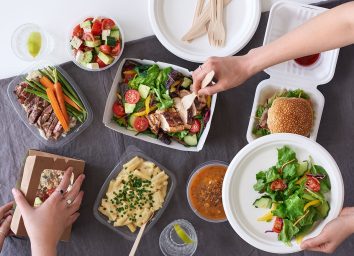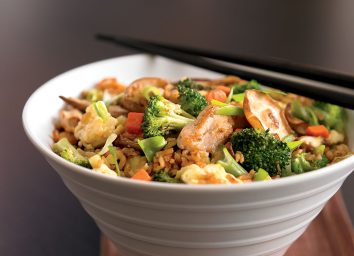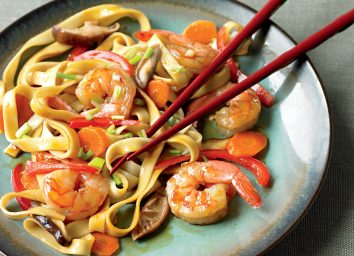10 Mistakes You’re Making When Ordering Takeout
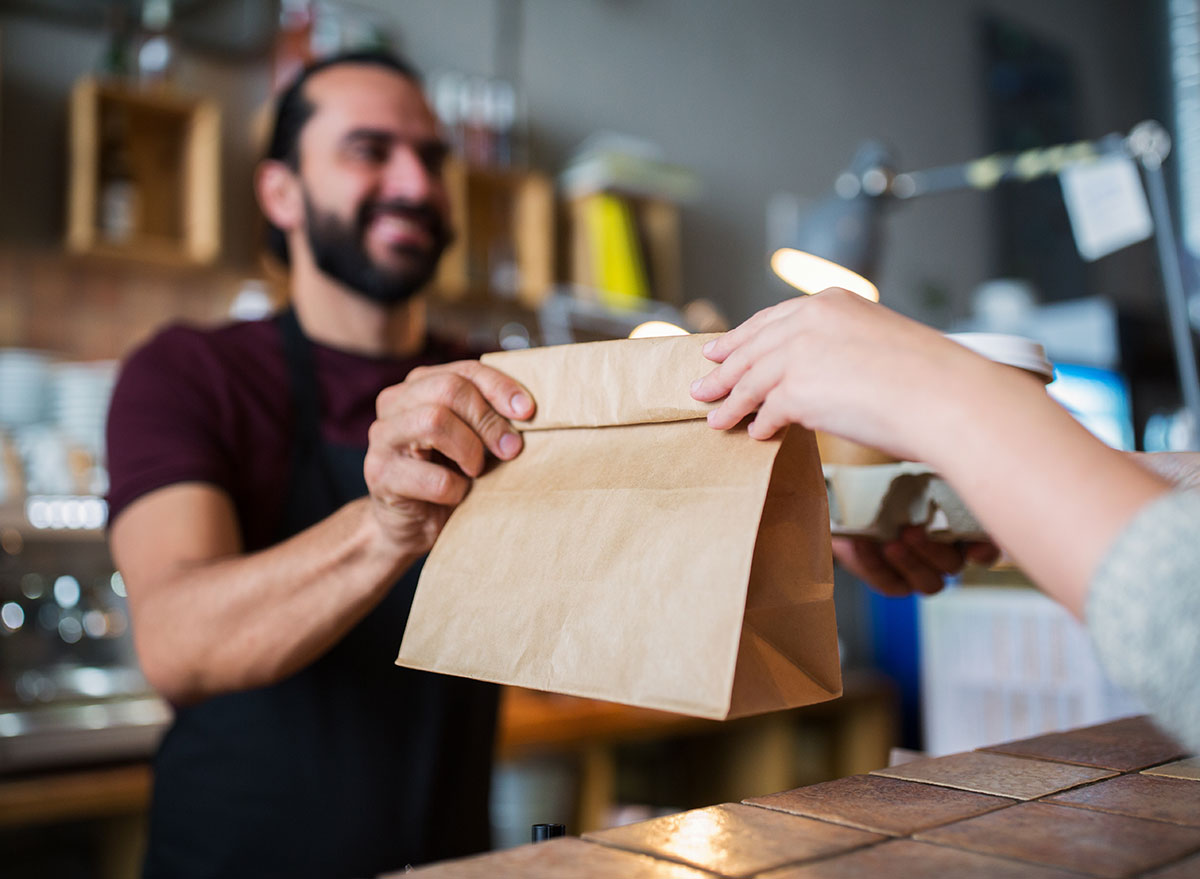
As most restaurants throughout the nation are no longer allowing patrons to dine in, many have turned to takeout. It’s a fabulous way to support local food establishments, and a way to take a break from cooking every meal for you and your family (and doing those dishes). However, there are some best practices to keep in mind when getting takeout. Here are some mistakes you could be making, and how to fix them and safeguard your health in more ways than one.
Placing Containers and Takeout Bags on Your Counters
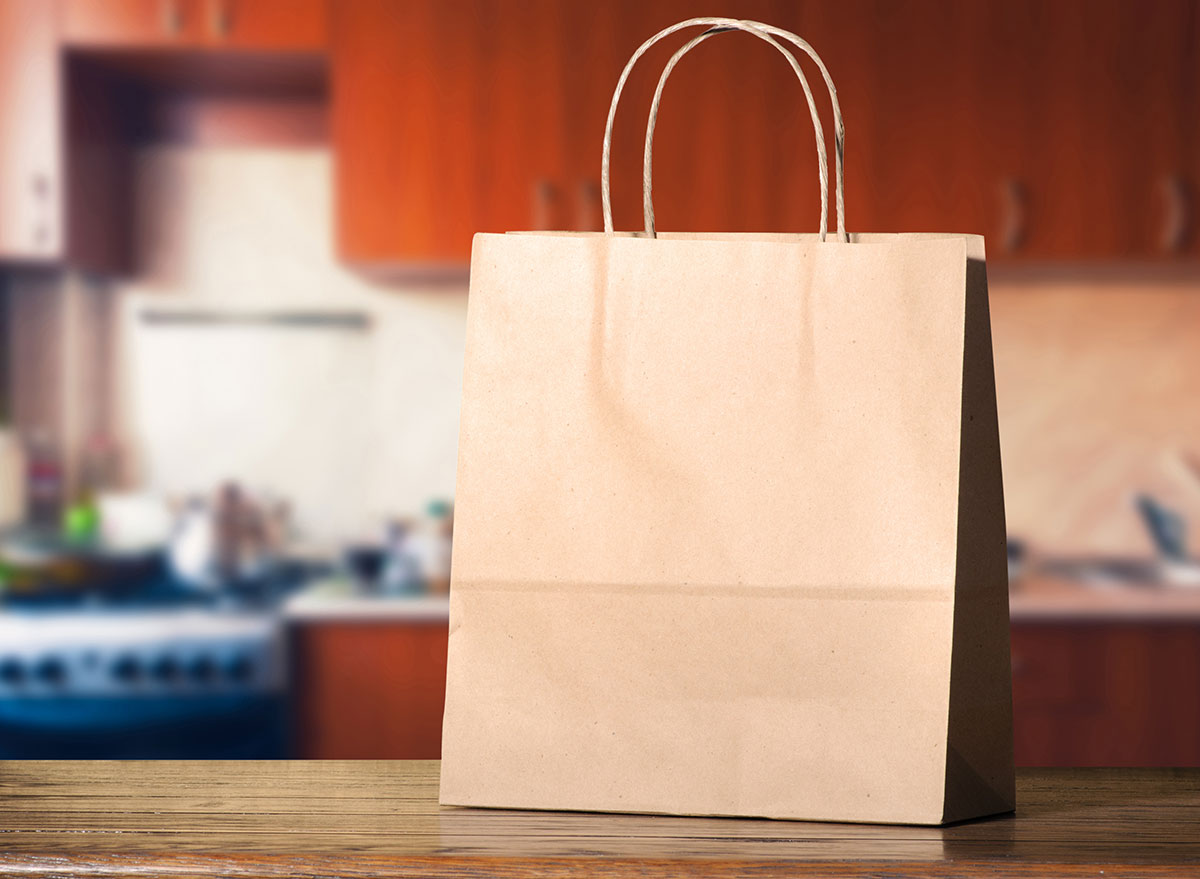
“Better to be safe than sorry by not placing takeout bags and containers on your kitchen counters and eating directly from them,” says Mandy Enright, MS, RDN, RYT, and dietitian at FOOD + MOVEMENT. You never know where the containers were stored or who touched them prior to getting to your home.
Fix it: Enright suggests removing the containers from the bag and placing them on paper towels so the containers don’t come in direct contact with your home surfaces. Then you should dispose of the to-go bag immediately and plate the food on to one of your own plate—and don’t forget to wipe down surfaces afterwards.
Increasing Exposure to Restaurant Employees
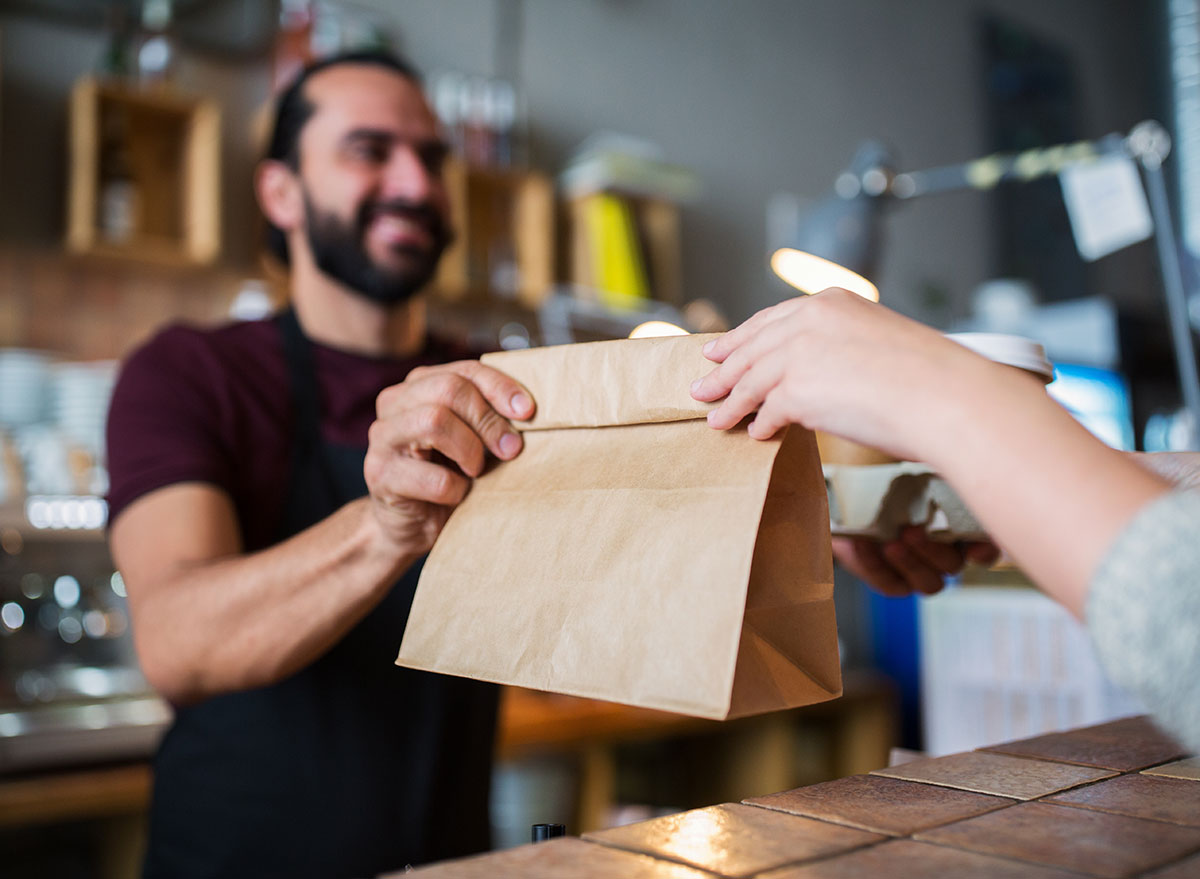
“When ordering takeout in the time of coronavirus, it’s important to try and reduce exposure to other people and what they have touched—including those working at restaurants,” says cookbook author, registered dietitian, and certified athletic trainer Dana Angelo White, MS, RD ATC.
Fix it: Help support your beloved local restaurants but take these steps to help protect your family. White recommends inquiring about the restaurants procedure for curbside pickup and bringing your own pen along to sign a credit card receipt, if applicable. Ordering extra food for the next day is a great idea but transfer leftovers to your own containers before storing in the fridge. When it’s time to enjoy the leftovers, reheat them to 165-degrees Fahrenheit. Want to be sure? Use a meat thermometer!
Over-Stressing
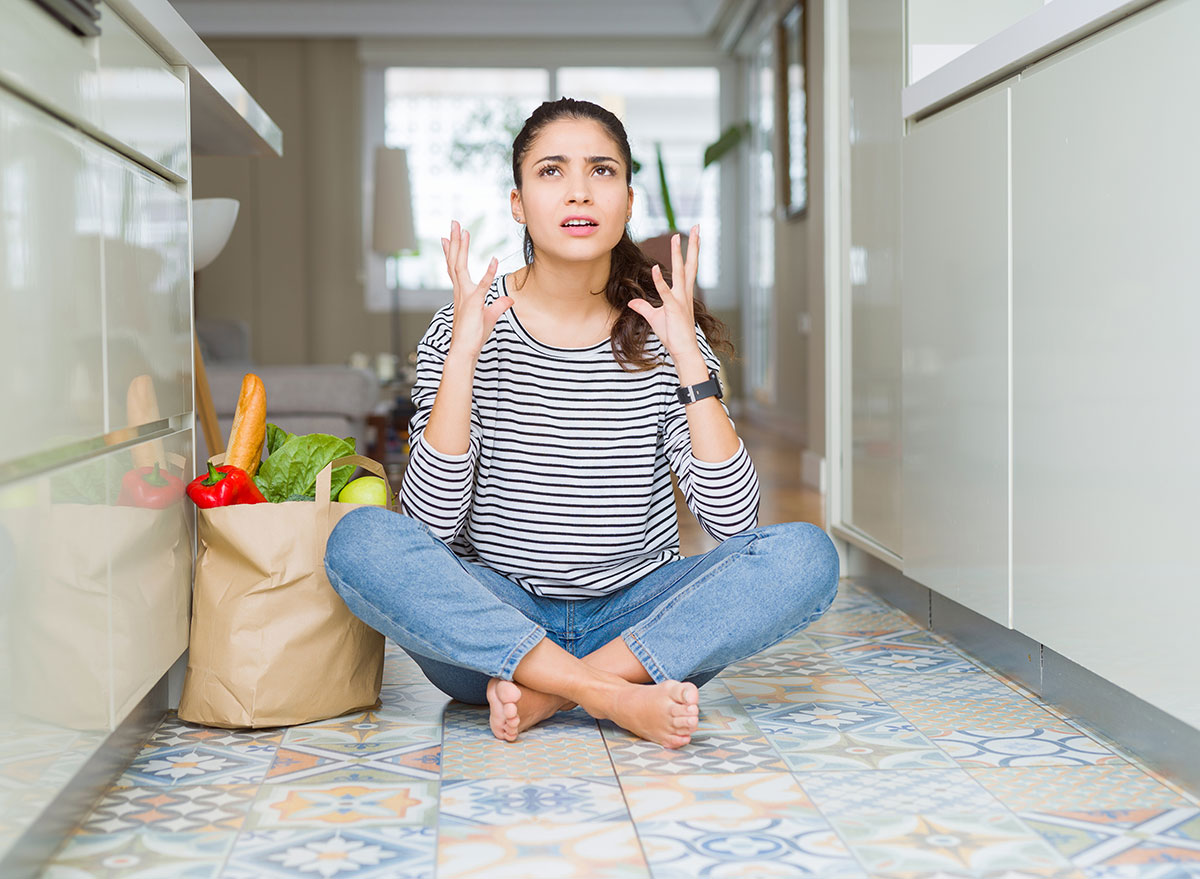
“Many folks stress about potential transfer of germs from food and/or food packaging,” says Malina Malkani, MS, RDN, CDN, media spokesperson for the Academy of Nutrition and Dietetics and creator of Solve Picky Eating. According to the European Food Safety Authority, the Centers for Disease Control and Prevention, the Food and Drug Administration, and the Food Industry Association, there is currently no evidence that food or food packaging is a probable source or route of transmission of the coronavirus. “Stress, however, can suppress the immune system and reduce the body’s ability to mount a strong defense against germs,” says Malkani.
Fix it: Take the time to practice self-care and stress management techniques that work for you.
Not Refrigerating Leftovers Soon Enough
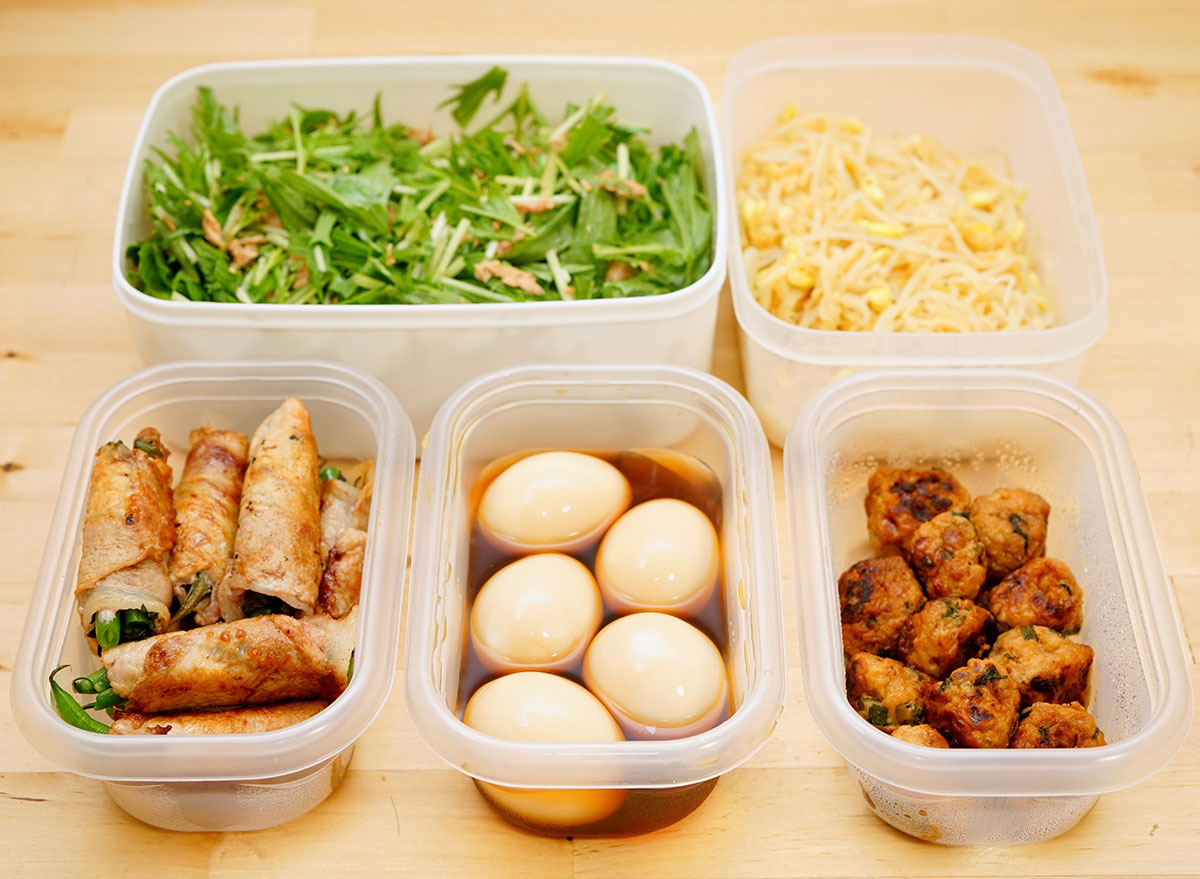
“Being out of my normal routine is causing me to let the leftovers sit on the counter for long periods of time,” says Kristen Smith, MS, RD, LD, spokesperson for the Academy of Nutrition and Dietetics, and founder of 360 Family Nutrition. Perishable foods can cause illness when left out at room temperatures for over two hours, and if it is over 90-degrees Fahrenheit, one hour.
Fix it: Smith explains that proper handling of leftovers is crucial to ensure the food will be safe to eat in the coming days. If you do have leftovers from takeout, within two hours of the food being cooked it should be divided into smaller portions (if needed), placed in shallow containers, and put in a refrigerator.
Reheating Foods in Plastic Containers
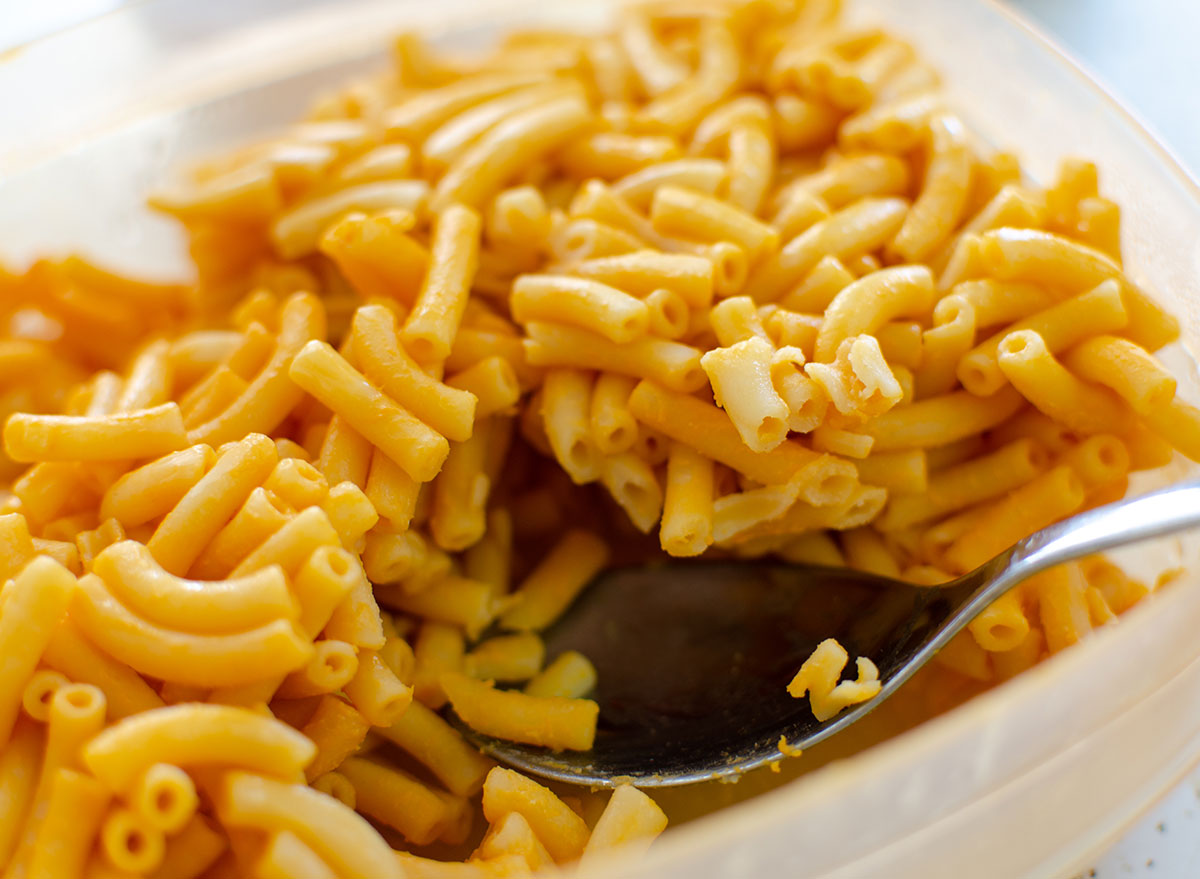
“As convenient as it may be to store the Thai takeout in the container it came in, reheating foods in plastic may cause harmful chemicals (like BPA) to leech out into the food,” says Elizabeth Shaw, MS RDN CPT, nutrition expert and author at ShawSimpleSwaps.
Fix it: “Don’t fret!” says Shaw, “you can easily transfer takeout into your own glass storage containers and reheat it safely the next day.”
Eating From the Container
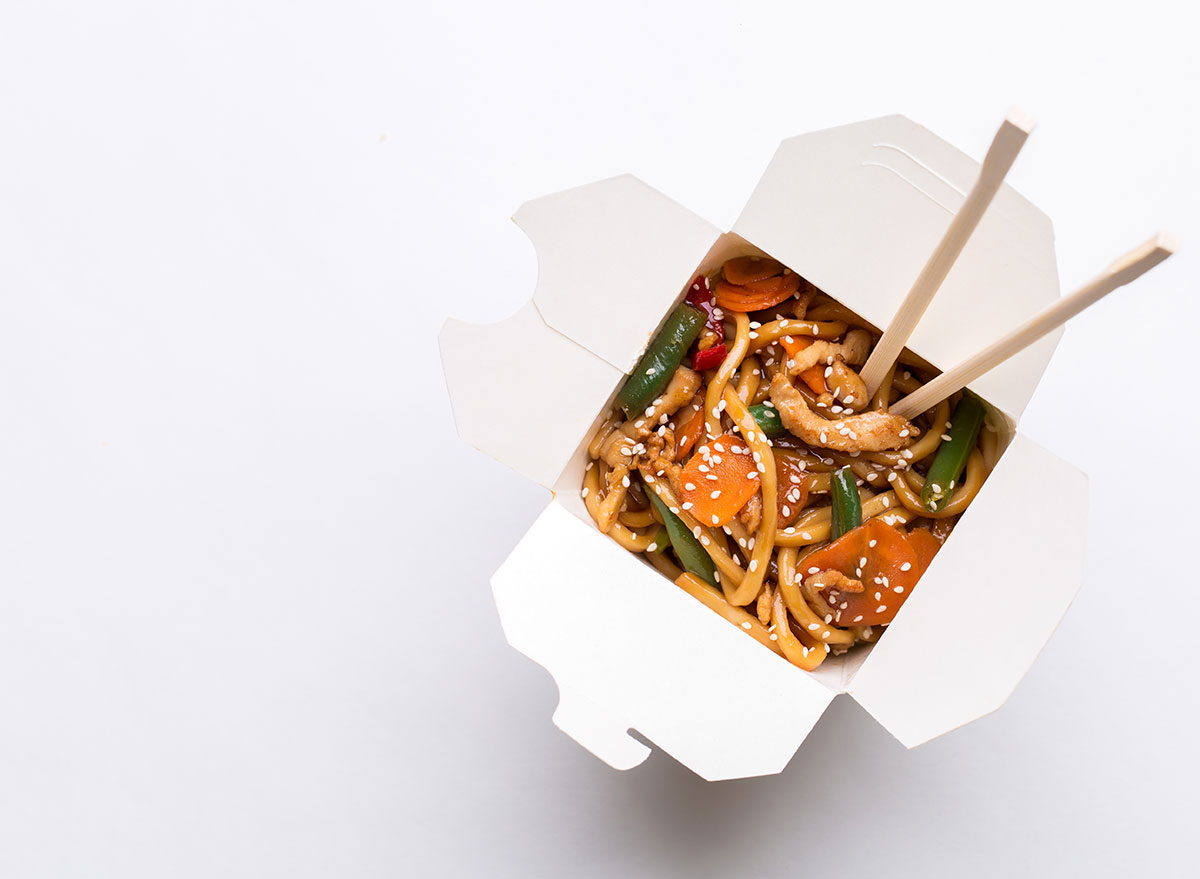
“Eating your takeout meal right out of the container may cause you to eat more as portions are usually large, especially with Chinese or Indian dishes,” says Lisa Andrews, MEd, RD, LD, and owner of Sound Bites Nutrition.
Fix it: Andrews suggests taking a portion of the food out and using a smaller/salad-sized plate. Your food is also more appealing when plated on proper dishes.
Eating an Entire Takeout Order in One Sitting
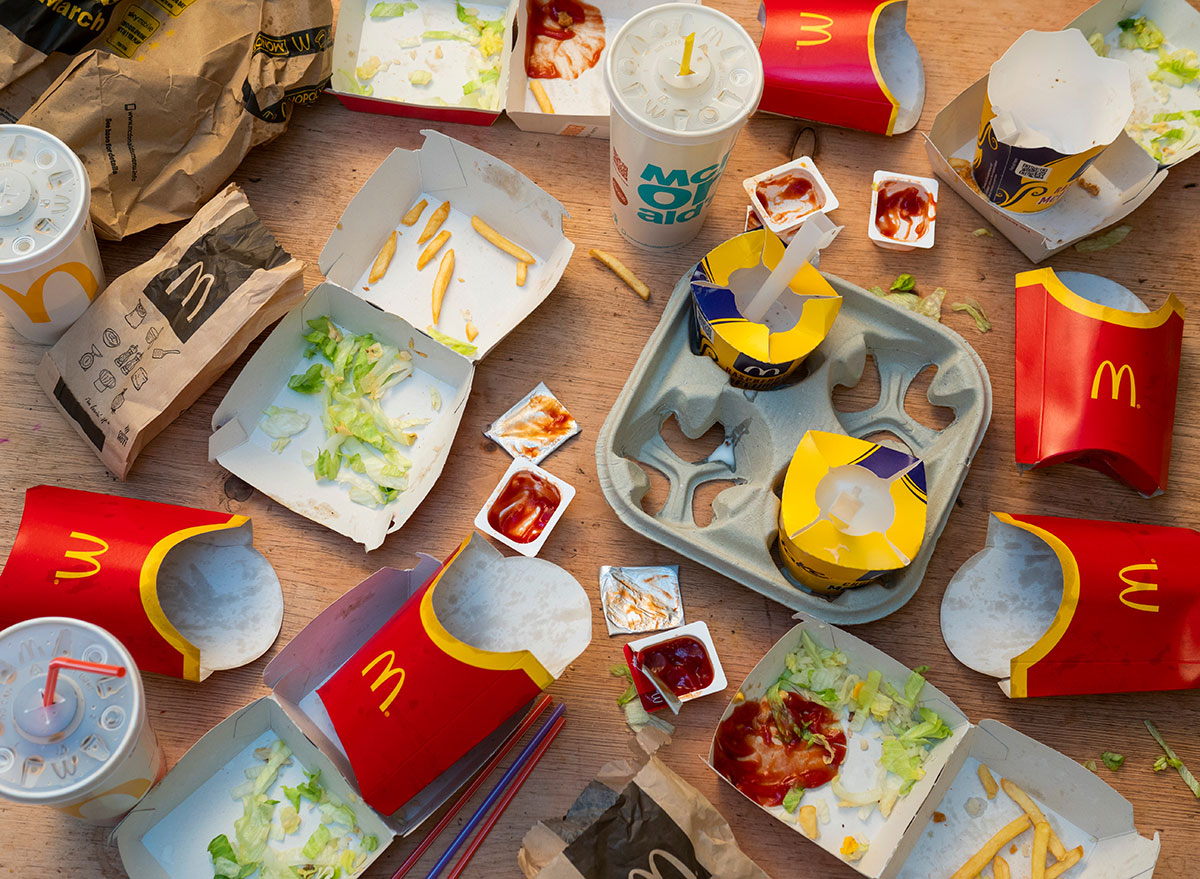
Most takeout meals are very large and tend to be enough for at least two people. You end up getting your delivery and devouring all the food!
Fix it: Lisa Young, PhD, RDN, author Finally Full, Finally Slim recommends “sharing a meal, or if you live alone, saving half for tomorrow.” If you are sharing a meal with family members, order a salad or a side of veggies if you think you need more food.
Eating Inside
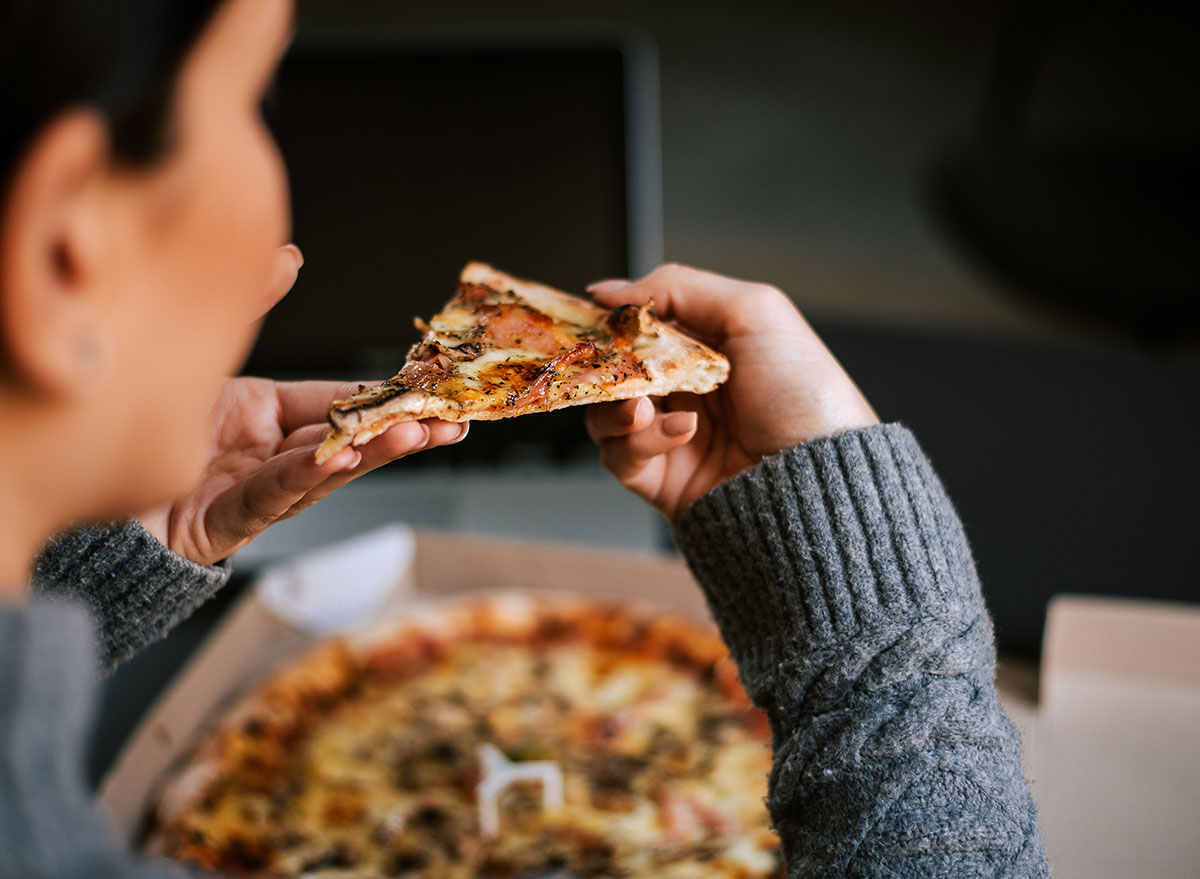
“Your norm may be to eat at the kitchen table or in front of the TV, but few things are normal right now,” says Virginia-based Jill Weisenberger, MS, RDN, CDE, CHWC, FAND, author of Prediabetes: A Complete Guide.
Fix it: Weisenberger advises to “take advantage of new routines to treat yourself to a picnic in your back yard (or even on your family room floor). Change your scenery to make takeout or delivery a real treat.” Just a small to change in scenery can make you feel much better and less anxious.
Not Tipping Enough
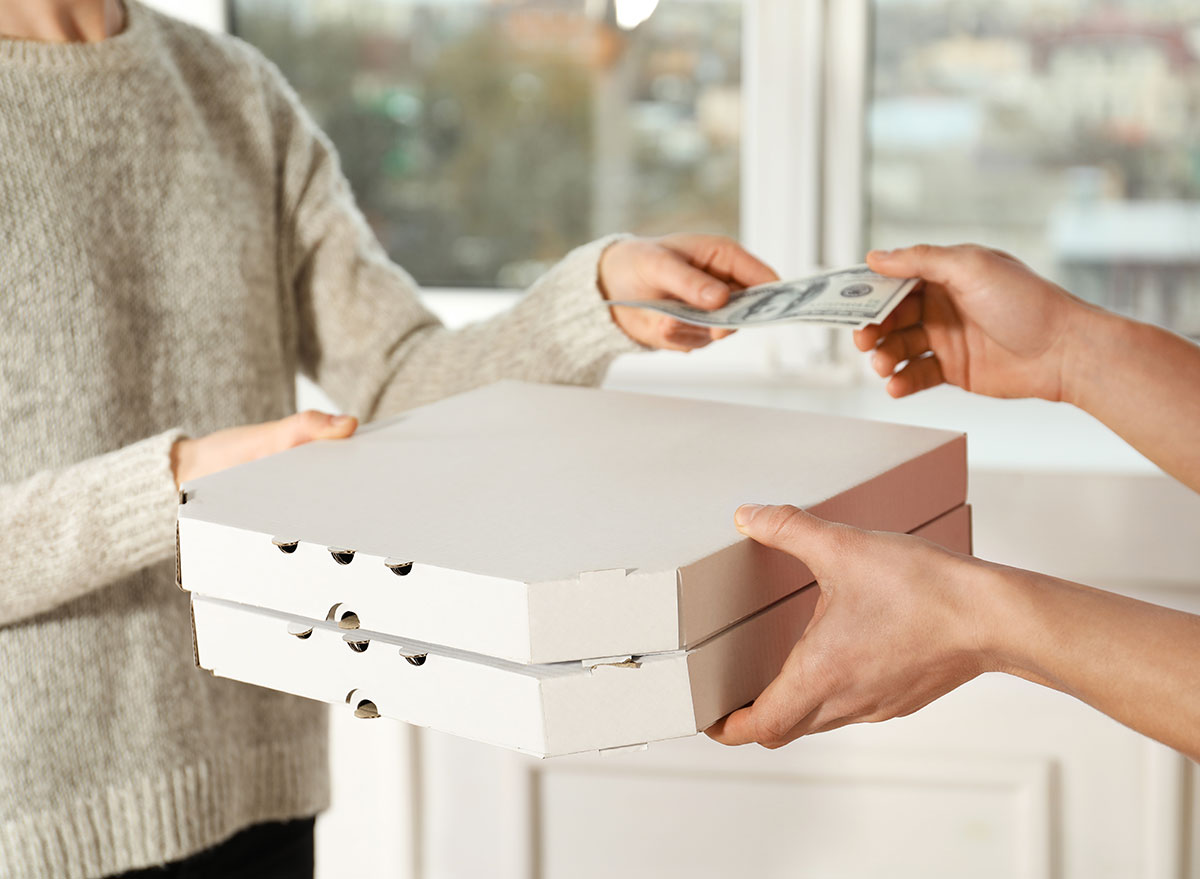
“So often delivery and takeout workers aren’t getting health care benefits. And now they’re putting themselves at greater risk while working during the pandemic,” says Weisenberger. Plus, they may be earning a lot less money than pre-quarantine times.
Fix it: Be kind and tip as generously as you can afford. It’s just one of the few ways you can support your local restaurants during the pandemic.
Not Washing Your Hands
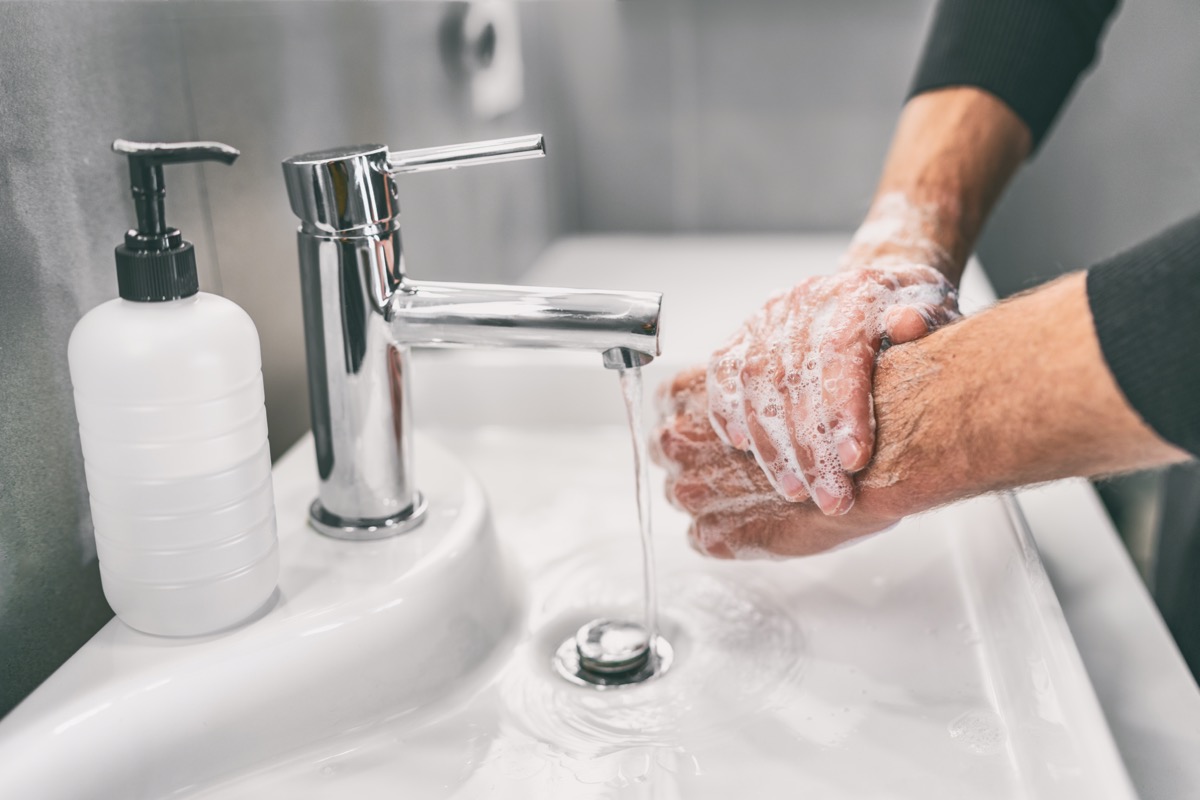
And finally, it’s back to basics. If you’ve just gotten back from picking up your food, forgetting to wash your hands before you dig in could be a crucial mistake in protecting yourself from coronavirus.
Fix it: Wash your hands with soap immediately upon returning home from the restaurant, before you’ve had a chance to touch other hard surfaces in your home. And if you really want to be on the safe side, wash your hands again after you’ve discarded all the takeout packaging.
